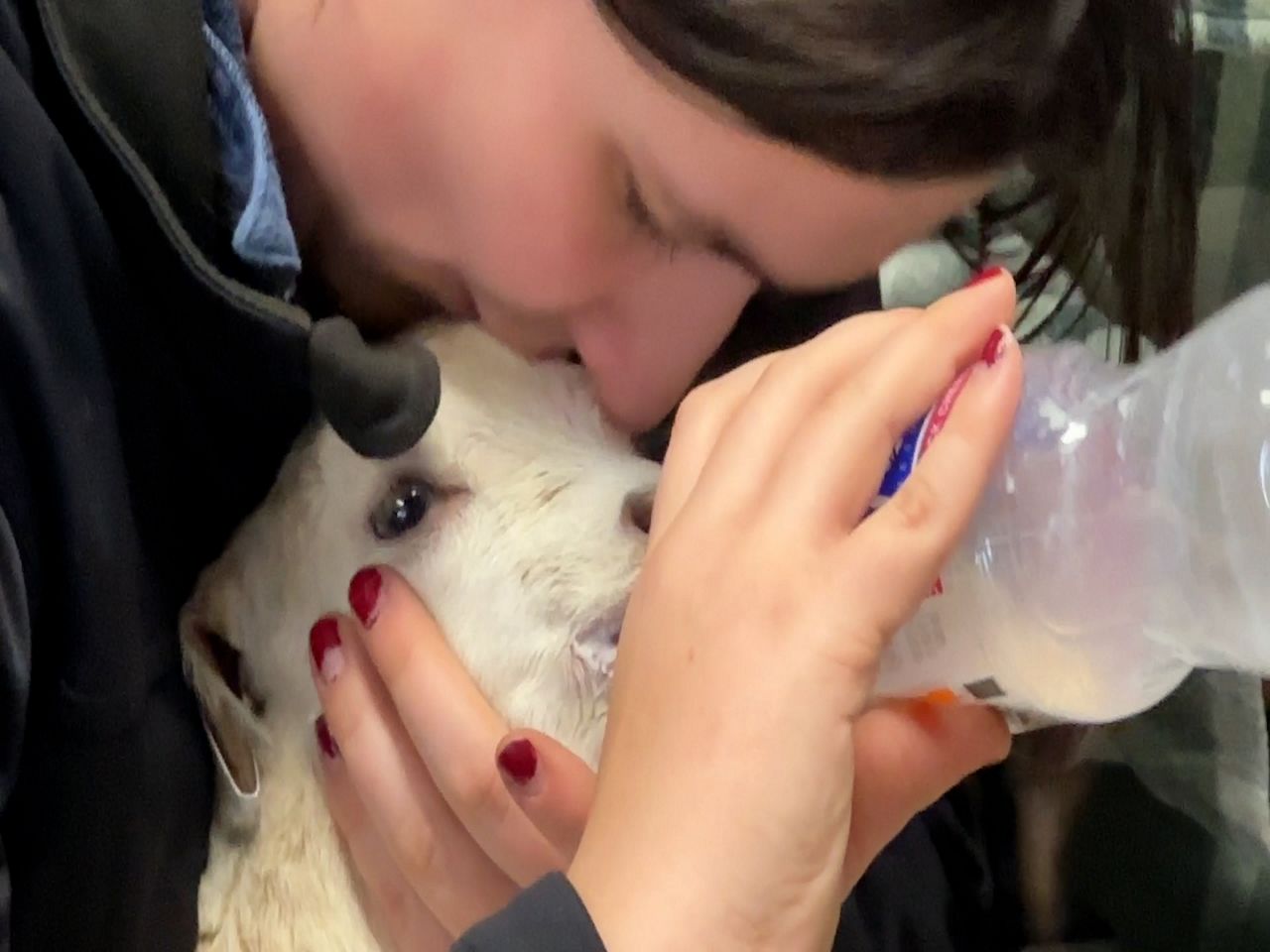MALONE, Wis. — Wisconsin is known as “America’s Dairyland” thanks to its robust farming industry, but it’s not just cows who helped the state earn that nickname. Wisconsin has more dairy goats than anywhere else in the nation.
LaClare Creamery knows all about dairy goats and the state’s growing industry, with a big portion of Wisconsin’s herd located there.
In 1978, LaClare Creamery started with two goats and now they care for thousands. Gloria Regan, an associate with LaClare, said a growing number of people want hands-on experience with baby bucks and does. She said agricultural education events, like baby goat bottle feedings on Sundays, are always sold out.
“You get to feed a baby goat and then you get to learn about them in the dairy industry, while you get to snuggle them and enjoy all their cute little snuggle motions,” Regan explained.

The kids are more than cute. They’re big business in Wisconsin. In 2023, the state led the nation in dairy goat numbers with 72,000, according to the United States Department of Agriculture. Just like cows, goats can also produce milk, ice cream, soap and bath products. However, cheese reigns king.
Regan said LaClare Creamery produces roughly 20,000 pounds of cheese a day inside their factory.
“When you come to visit us at LaClare we will always open up a cheese for you to let you try it — from a goat milk mozzarella or our famous cheeses that we make like our soft cheeses called chevre,” Regan added.
In 2022, dairy goat numbers in Wisconsin were 74,000, so the state’s numbers have decreased a bit. However, the Badger State still outnumbers second-place California with 36,000 milk goats. Regan said advances in herd management are one reason for the drop, so the decrease is not always a bad thing.
“When you have one goat that produces more milk—instead of eight pounds of milk, she might produce closer to 10 — we don’t need as many goats because one goat is so healthy and so happy. She’s able to produce enough milk that we don’t need as large of herd numbers,” Regan said.
It doesn’t take a large herd to draw people to LaClare. Kim Steinmetz said she was excited to bottle-feed a kid.
“Oh, this is great. I’ve been wanting to do this for quite a while and I just love baby goats,” Steinmetz laughed.
Regan said for 2024, consumers can expect goat dairies to host more events like cuddling kids, an expansion of goat products and agri-tourism events.
“We also do other events such as our cheese tastings, [and] wine tastings. We also do stuff in our greenhouse that kicks off in April, like how to build a planter. You can purchase all your summer plants out there,” Regan said.
On Feb. 3, LaClare Creamery will feature baby goats dressed up as little football players.



